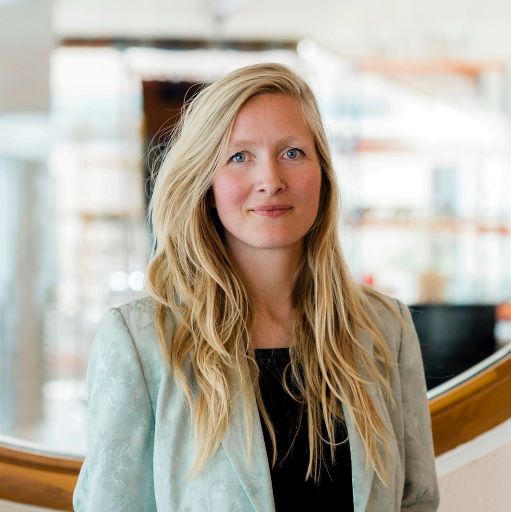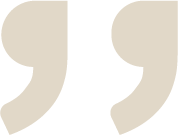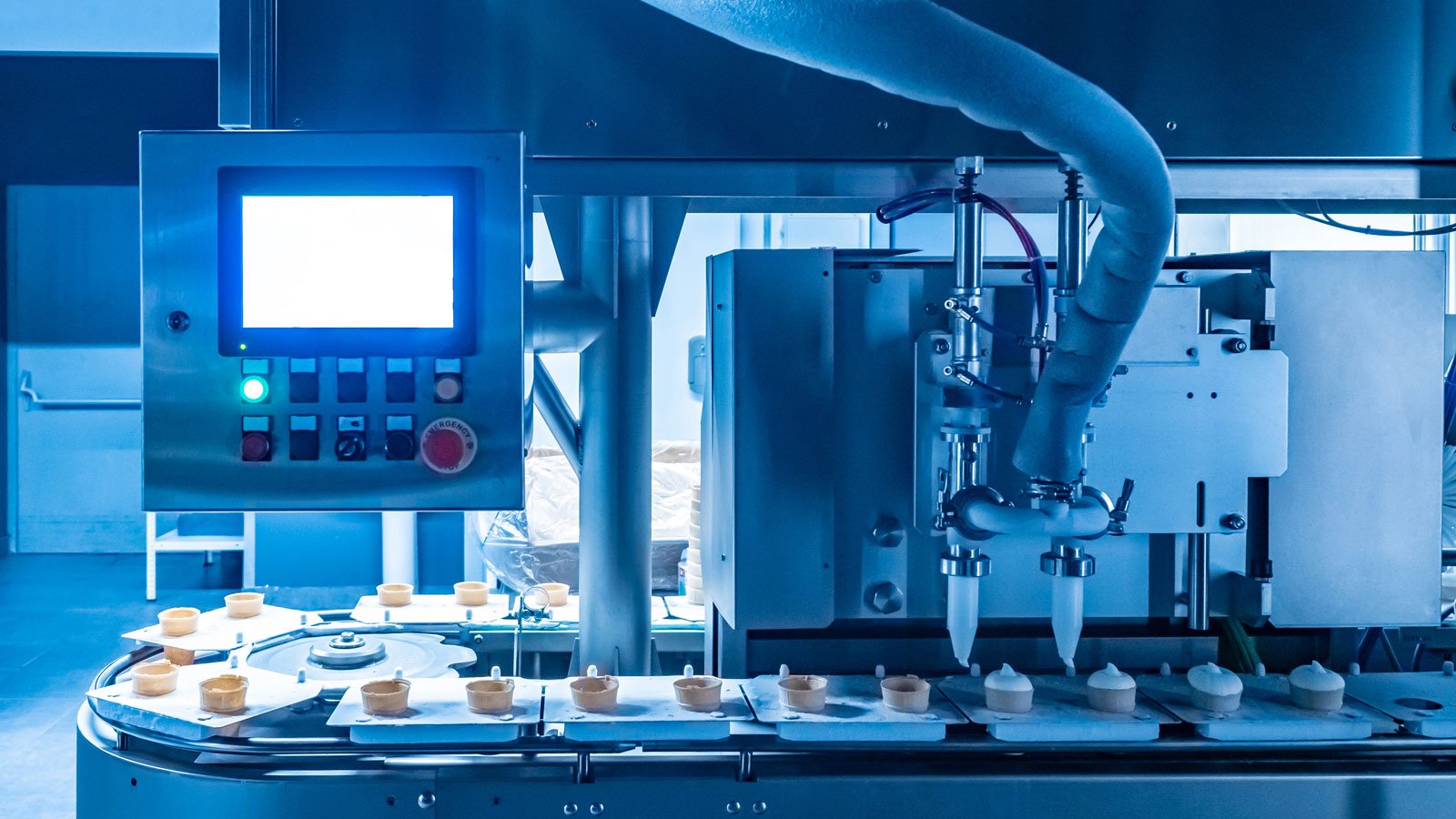Ambitious professionals work at Milgro on our sustainable mission every day. What does it mean to work for a purpose organization? And how does this mission find its way into everyday life? We asked several colleagues to describe a day at Milgro.
Today it's Irma Meijer's turn. She is Circular Economy Officer (CEO) at Milgro and uses her expertise to guide our clients, whom we call disposers, within the Food sector in the transition to a new economy through sustainable resource management.
Why Milgro?
After years of working for a financial services provider as an account manager and innovation manager, I noticed that I was ready for a switch where I could make more impact for a better world. The job as Circular Economy Officer at Milgro immediately appealed to me, because it is a company that is in the scale-up phase. This gives you a lot of room for entrepreneurship. For example, I am involved in a project about the impact of CSDD and CSRD on our internal organization and our clients. I have a food policy networking session soon about the future of regenerative farming. These are matters that are not directly linked to my current job, but that there is room for within Milgro to also get started.
Day at the office
I deliberately chose a job in the city where I live, so that I can go to work by bike. I cycle to work within half an hour in the morning, where I start with a chat at the coffee machine and then start checking prios that are in my inbox.
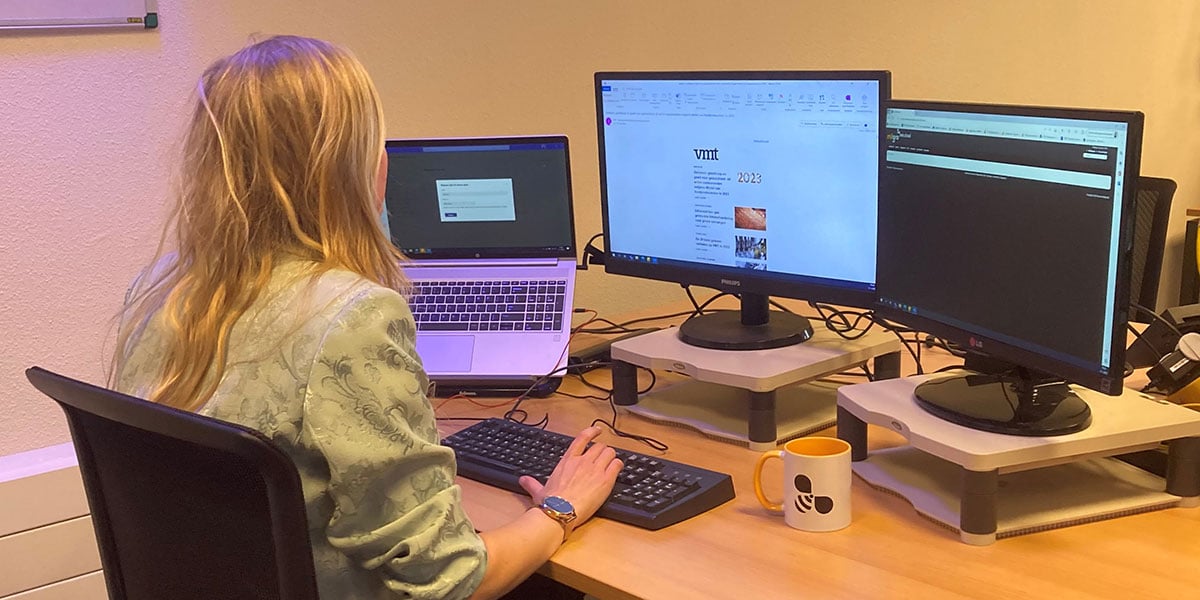
Team meeting
The meeting with my team starts at 10:00 am. We start with a short check-in in which everyone indicates what is going on with his/her customers and/or projects. Then my manager provides an update on developments within Milgro and relevant market developments, such as the index of the paper/cardboard market. We then discuss which sales processes are running and a colleague asks for input on the life cycle analysis that we are developing. After the meeting I discuss a request I received from a customer about a new type of waste stream that they release. We also spar about the best approach to deal with this.
Lunch
At noon I make a sandwich and go for a walk with colleagues, after which I prepare myself for a two-monthly team meeting with a client to review progress on a number of optimisations. The aim of these optimizations is to achieve better waste separation, to achieve a higher-quality valorisation for the flows or to realize a more effective collection structure. Despite the fact that we are growing fast as an organization, we now have more than 100 colleagues, there is a lot of room for our own entrepreneurship and thinking along with strategic projects within the organization.
Ecological impact
At 15:00 I have a meeting with Marijke van der Sande, Rob Peeters and Hanneke den Otter about the impact tracker project. In this project we are further developing the impact calculation of optimisations, so that we as Milgro can focus even more on making an ecological and economic impact for our customers. At 4:30 PM I pick up a few more things from my inbox and, because it's Friday, we have a drink in the canteen with a number of colleagues at 5:00 PM.
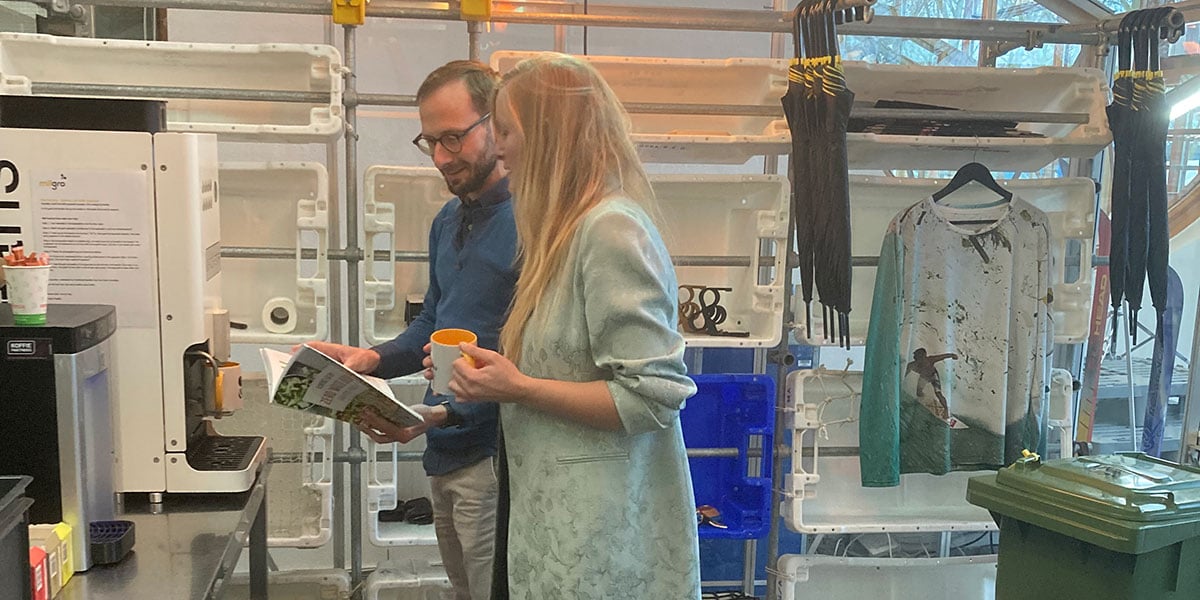
Day on the road
At 8 a.m., I toss my metal-toed shoes into my bag, along with my laptop and lunch. Then I take the train to Gouda station. From there I ride along with colleague Rob Heijkoop, so that we can prepare the appointment together. As a Circular Economy Officer, I am strategically responsible for the relationship with a number of Milgro clients, which is why I travel to a client on site once every two weeks. As a result, we build a good relationship with them and we immediately make a round through the production to see where improvements can be made.
Sector Food & site visit
I manage clients in the Food sector, where many different raw material flows are released. My portfolio is very diverse and includes clients developing all kinds of different products. From filling and packing sandwiches, making tapas, production of biscuits, to sauces and other products that you will find on the shelves for your evening meal.
Once on site, we are picked up by the production manager who is responsible for waste management on site. At the start of the appointment, we discuss with the customer the reporting of all raw material flows that are managed under the direction of Milgro.
Impact
We consider the impact on an ecological level, i.e. the CO2eq related to the transport and processing of various streams, and the impact on an economic level, i.e. the total costs in the same period. We also look at the differences in the volumes of common raw material flows compared to the same period in the previous year. Together we look for the explanation for this and consider whether the use of extra collection resources or clearer instructions can lead to an improvement. We then discuss which optimizations we can carry out further and we make a tour of the production to see what is already going well and where there are further opportunities for better waste management.
Milgro as employer
It really gives me satisfaction to be able to make an impact for clients, both ecologically and economically. Within Milgro we have the knowledge to give raw materials a better destination and to separate them better. Moreover, the colleagues really have a drive to make the world a bit better. No earth to waste is one of the statements within Milgro and I am proud to work for an employer that takes this so seriously.
Stay informed
Would you like to know more about working at Milgro? View our careers page with recent vacancies. Or follow us on LinkedIn








